Who is Jun Takahashi - Founder of UNDERCOVER
Jun Takahashi│© Maps Content Media Lab
Quick Summary
Name - Jun Takahashi
Who - Founder and designer of UNDERCOVER
When - Founded UNDERCOVER in 1990
Born in - Kiryu, Gunma Prefecture, Japan
Year of birth - 1969
Introduction of Jun Takahashi
His name belongs to the exclusive and admired group of Japanese contemporary fashion designers who have had such an impact on the industry that their vision, style, and philosophy have transcended every frontier. Mostly known as the mastermind behind the ultra-relevant and influential brand UNDERCOVER, the curiosity of his mind, evident in his unique design vision, has been fed by a life full of art, music, and creativity.
A mindset defined by his young punk years, in which the ideas of anarchy, rebellion, and artistry translate to every endeavour he’s taken part in, the value of Takahashi in the industry has been precisely that. A designer and creator who has done the most for staying true to himself without subjecting to the strong fashion machinery that often transforms gifted minds into another forgettable commercial name; this compromise to the craft along the more than thirty years of career have gained him an all-age cult following that resonates equally with his fashion creations, his art pieces or his music taste.
© Jun Takahashi
His ability to merge the most pure and raw ideas and elements of street wear with a deeper, more intentional, and conceptual vision closer to haute couture has made Jun Takahashi one of fashion’s most admired figures. Being able to cover such a wide spectrum of aesthetics and genres, doing justice, and paying equal attention to everything that’s included seems to be the key to the stability of his brand and of him as a creator. “For me, designing graphics for T-shirts is work on the same level as designing an elegant dress. That’s what my philosophy is all about: designing between street fashion and sophisticated fashion,” said Jun in an interview with Kim Jones for System Magazine, and that’s what fashion should be about: everything matters; every word is as important in the story.
10 Defining Parts of Jun Takahashi’s Life
As a highly multifaceted individual, there are multiple moments, people, and influences in his life that have constructed the pillars to hold his legacy. On this list, we dive into some of them, leaving UNDERCOVER aside (which will be covered in a separate article) and focusing on the man behind the brand. From his early years, where friendships and subcultures shaped what would suddenly become a promising career, to the interests of a mature Jun who is eager to express his vision through various forms of art, here are the keys to understanding his mind.
#1
Bunka Fashion College
Jun’s interest in fashion started from an early age, partly thanks to his musical and cultural taste for punk and everything it stands for. At the age of 18, he enrolled in the prestigious Bunka Fashion College in Tokyo, an institution that has nothing to envy to the most famous fashion schools from around the world and that has housed the likes of Yohji Yamamoto or Junya Watanabe. Many big names in the industry never took fashion classes or went to university to learn the craft, but it's undeniable how the knowledge you get at school is always helpful and necessary in the short and long run.
However, Jun has shared his uncertainty about learning the design from older teachers, so his attention was focused on learning the techniques rather than the taste or styles they imparted to him, a very intelligent and mature approach that evidences how clear his mindset was from the beginning. Bunka was a decisive place in his life, not only for the knowledge but for the connections and relationships that started there. Before even graduating, he founded UNDERCOVER.
Bunka Fashion College main building
#2
Punk and the birth of “Jonio”
Jun has discussed on previous occasions the particular liking he has for music and the way it relates to fashion and any other form of art. Punk being one of the most relevant subcultures in the world, and Japan being one of the countries where its influence was more notorious and prevalent, seemed like a good fit for a rebel and young Jun, whose ideals, as we can see from how consistent they remain up until this day, were strong and far from being only a phase. “To me, punk means a spirit that questions and abolishes conventional ideas. That is my fundamental principle,” he said in an interview with Dazed Magazine.
On an Instagram post in December 2022, Takahashi paid tribute to the punk icon herself, Vivienne Westwood, and in the caption, he shared his personal and, why not, life-changing moment with her. “When I was 20, Vivienne's runway show with pieces of Sex, Seditionaries, and World's End was held. I was a student at Bunka Fashion Collage then, and Hiroshi Fujiwara let me join that show as a model. At the end of the show, when Vivian was about to greet everyone, she took my hand and started walking together to the end of the runway. I was astonished at that moment, but I felt great joy that the mother of Punk took my hand.”
With its distinctive attire, where if you listen to punk music it’s easy to deduce so by just your clothes, Takahashi committed to this way of living through and through, being even part of a punk band himself in honour of the legendary Sex Pistols called Tokyo Sex Pistols, where he was the lead singer, a role that gave him his nickname Jonio, after Johnny Rotten, and where his band members were none other than A Bathing Ape’s Nigo, musician and godfather of streetwear Hiroshi Fujiwara, and Bounty Hunter’s Hikaru Iwanaga, a mind-blowing lineup to say the least.
#3
A good friend called Nigo
A friendship that was born at Bunka and that was consolidated by their complementary tastes and similar interests was meant to last forever, and so it has. Jun calls Nigo his soulmate on an Instagram post celebrating the 30th anniversary of Nowhere, a store they opened together, and that changed the course of fashion. With Hiroshi Fujiwara as a mentor, young Jun and Nigo learnt about the concept of streetwear, first in his and Kan Takagi’s column Last Orgy featured in the cult magazine Takarajima and then as their close friends. The column was an influential space for Japan’s youth to read about Fujiwara and Takagi’s interests and takes on fashion, music, art, etc. Jun and Nigo were asked by Fujiwara to continue with the column, now under the name of Last Orgy 2. They were given the perfect platform to consolidate their names and to gain an audience for what was yet to come.
In 1993, they opened the store Nowhere, becoming the heart of the cool and youthful Ura-harajuku district and, later on, of the urahara movement. The store featured Jun’s garments for UNDERCOVER and a curated selection of different pieces made by Nigo, later also housing creations by Sk8thing, WTAPS, and Nigo’s own new label, A Bathing Ape. Having to move restricted by their immense success but their lack of resources to match the demand, they implemented the “drops” model: exclusive pieces released rarely and randomly that increase the hype and attention of the consumer, a model now used by every streetwear brand, key to their success.
A new version of their early column called Last Orgy 2.1 was featured on GQ Japan in 2021, with the same concept but with the added knowledge and wisdom thanks to their eventful and successful lives and the years of experience they carry on their backs. Supporting each other's ventures, they have stayed good friends and colleagues up until this day; we even saw Jun uploading a picture of his laptop with the livestream of the first Kenzo’s show with Nigo as their creative director. “The collection was so Nigo, and it was wonderful! I got nervous even before it started." The real friendship goals.
Jun Takahashi and NIGO for Last Orgy 2
#4
Rei’s fax
It is safe to say Rei Kawakubo is an inspiration and role model to every human that works in fashion; her avant-garde vision, the dismissal of stereotypes, and the deconstruction of not only the garments but also the way fashion is conceived as a whole are concepts we can all somehow understand and relate to, but that only Japanese can fully get in the way it was intended to. For young Jun, Rei was also someone to look up to, but the connection and the impact of Kawakubo on his life go far beyond being only a referent. At the beginning of the century, Takahashi had already made a name for himself in Japan; having done fashion shows for almost ten years in Tokyo, the desire to take UNDERCOVER to new audiences was there, and Paris was the most obvious choice.
After flying to Paris and discussing potential shows and collaborations, Jun returned to Tokyo with no clear answer and a rather negative reaction by the European side of the industry, who were not willing to work with him at the time, which made Jun push the idea of a Paris show to the side. After the release of his most recent collection, Jun received a fax from none other than Kawakubo saying, “Why don’t you hold a show in Paris? I think it is about time,” which ignited the spark that was now dimmed.
Determined to explore new horizons in Paris, Jun prepared a new collection to present in France, while Rei passed the word to the media that a brand from Tokyo called UNDERCOVER was going to make its Paris debut, and if Rei recommends you something, you have no other choice but to listen and take her word. One must thank the Japanese fairy godmother with the cool bob for her wise words of advice and the little push when it was needed the most. UNDERCOVER is now one of the most anticipated shows of the Paris Fashion Week calendar.
Jun Takahashi and Rei Kawakubo as featured in Vogue Japan (September 2001)
#5
Kosmik Music
As it was made clear in some paragraphs above, music has always been a key element in Jun Takahashi’s vision. For a creator who conceives its pieces within a world where all forms of art can somehow link to each other and make each other more substantial and intricate, the music he listens to becomes just as important as the fabrics he decides to use. Influenced by punk in his early days and with occasional DJ gigs most recently, his taste can easily go from jazz and blues to psychedelic rock or electronic sounds. Jun has crafted on his Spotify profile with more than 92.000 followers, a treasure for the ones who value a well-curated playlist as the most precious of the gifts someone can give to you.
Originally meant to stay private, Jun decided to, once again, share his passion with the world in the form of 116 playlists (and counting) under the name of Kosmic Music, with oil painting covers, many of them featuring his own art works. Each one of these playlists is formed by between 15 and 20 songs, with an average length of 120 minutes, the time it takes him to drive from his atelier to his home. The vibes vary between playlists, and listening to them feels like getting a peek into Takahashi’s mind and moods. One could be more funky while the other could be more contemplative, one filled with Japanese artists while the other could travel all around the world. What all of them have in common is the quality of the songs featured in them. There’s nothing like someone with taste recommending music, and for that we say thank you, Jun!
The Kosmik Musik Playlists by Jun Takahashi
#6
But I’m a creep!
On the same musical line, Jun’s close circle is formed by intellectuals and cultured people just like him, and Thom Yorke, lead singer of Radiohead, is one of them. With a long-lasting friendship that has manifested in various forms through the years, there’s no need to explain much to understand why these two minds make sense together. From more casual collaborations like the merchandising designed by Jun for Thom’s side project, Atoms for Peace, appearance at Fuji Rock Festival in 2010, that shaped the eeriness of both parts in the form of graphic t-shirts, to a more notorious one recently in 2021.
For the UNDERCOVER Fall 2021 show, Jun asked Thom if there was a longer version of the hyper-famous song Creep he could use as the background music for the showing of the collection, which was precisely called Creep Very. Yorke then proceeded to create an acoustic remix of his own song, pulling out the slow + reverb card and adding some new sounds aside from the predominant acoustic guitar, creating an even more dooming, depressive, and gloomy version of the original. With the song being officially released, Takahashi created the doodly artwork and the visuals that accompanied the single. We recently saw them hanging out at Paris fashion week, so don't be surprised if we hear about them soon.
Thom Yorke & Jun Takahashi
#7
Jun The Painter
Jun’s artistry knows no limit, and painting has been another vessel to express his inner world. We mentioned them as the covers of his playlists, but the amount and scale of his work are so big that they are museum-worthy. The preferred style is oil painting, and Jun has said how his whole process has been through trial and error, being completely self-taught. Since 2013, he has worked on 26 paintings, mostly eyeless portraits of musicians or actors, that were featured in his first solo exhibition last year at Gallery Target in Tokyo under the name They Can See More Than You Can See. The lack of eyes reflects the dissatisfaction Jun felt when painting them and how there was a particular appeal to leaving things unfinished.
Gearing up for his second solo exhibition in October, just a year after the first one, this time in Hong Kong, Jun has said to be painting every single day, as we can testify by his daily Instagram stories with progress on his work. “It’s been a struggle of consistent work every day, but I think I've been able to make some interesting works,” he says. With the quality of the first exhibition and the mindset that has proven to be an instant formula of success for Jonio, this second exhibition will be, for sure, amazing and not the last one.
Original oil painting by Jun Takahashi
#8
His Grace Dolls
Yes, he also makes dolls. With days that seem to last more than 24 hours, Jun has had the time throughout his very eventful life to dive into the dollmaking world and create a special character, very dear to him. Their name is Grace, and they were born in 2008 in the UNDERCOVER Spring/Summer Collection 2009, where the all-white collection was presented through a gallery performance where these sculptural creatures that navigate between humans, animals, and aliens accompanied the mannequins that were wearing the collection. Later on, an exhibit in Hong Kong and also in Tokyo featured the Graces through the lens of photographer Katsuhide Morimoto.
The graces are made with metal, teddy bears, and other materials. Their only facial features are the light bulbs that somehow look like eyes, and their attire is usually white, flowy, and Victorian. Around them, Takahashi has constructed a narrative that has extended to various mediums, like the fairytale Grace—The Beginning of The End, where their lore is explored, or the creation of two perfumes alongside Comme des Garçons with the names UNDERCOVER Holygrace and Holygrapie (Grapie being other character part of the story), proving how nothing he does is just for the gimmicks of it; it all has a reason, and it all has a long life ahead of it.
UNDERCOVER 2008 Grace dolls│scan by @archivepdf
#9
The clarity of his mind
Jun’s professional growth reflects his personal growth. With the ideas so clear from such an early age, the punk way of thinking in which the discomfort with the norms is always present and the idea of imperfection and ugliness is way more interesting than the beauty of perfection has remained inside of him but has evolved and transformed as he has. Anarchy has stayed as a core concept, and the freedom of expression, of exploring his creativity in various shapes and forms without constraints, is part of his signature—something paradoxically rarely seen in the industry, where the creative heart is often tainted by the shades of corporations, money, and the system.
UNDERCOVER is one of the few high fashion brands that remains independent; Jun doesn't want or need control over him. After more than thirty years working on this, it is safe to say he knows how to move without having to respond to a big conglomerate. Not having to deal with the usual issues coming from money or third-party interests, Jun’s current worry comes from somewhere else: how fashion is understood in the context of this century, where social media and everything it carries have changed the outside meaning and perception of it. “I’ve been doing runway shows for many years, and lately, I’ve noticed that many people mistakenly see the show venue as just a place for photo ops. There are very few people who actually share their thoughts or feelings after watching the show. It is really sad,” said Jun on his Instagram after his Spring 2025 show, and it is completely true and, indeed, sad.
© Jun Takahashi
#10
The Takahashis
Having achieved the balance between work and personal life, Jun’s schedule is perfectly fixed in what can be considered a very rare and surprising way for someone who works in fashion, a discipline famously known for never resting and consuming every single hour of your day. His workday stops at 7 p.m. from Monday to Friday, taking the weekends off; all the time left is for his family, a routine that has proven to be effective for him. Aside from his circle of friends, discussed before, Takahashi’s family is what's most important to him. His parents are in front row in all of his shows, and his brother helps him manage the business behind UNDERCOVER two days every week.
Takahashi is married to model Riko Morishita, also designer of her own daywear brand called Dorothy Hendricks, and they have two kids: his 22-year-old daughter Lala Takahashi, also a model and a very influential young figure in Japan and overseas with appearances at shows of brands like Off-White and multiples magazine features, and his 17-year-old son Rin Takahashi, who often shows off his neat dancing skills on his Instagram account, where his bio says “Target: kpop trainee." For what we could only consider a highly successful and content professional life and an equally, if not more satisfying, personal life with descendents who live under the same free mindset their father does, we can say Jun Takahashi has mastered the art of living.











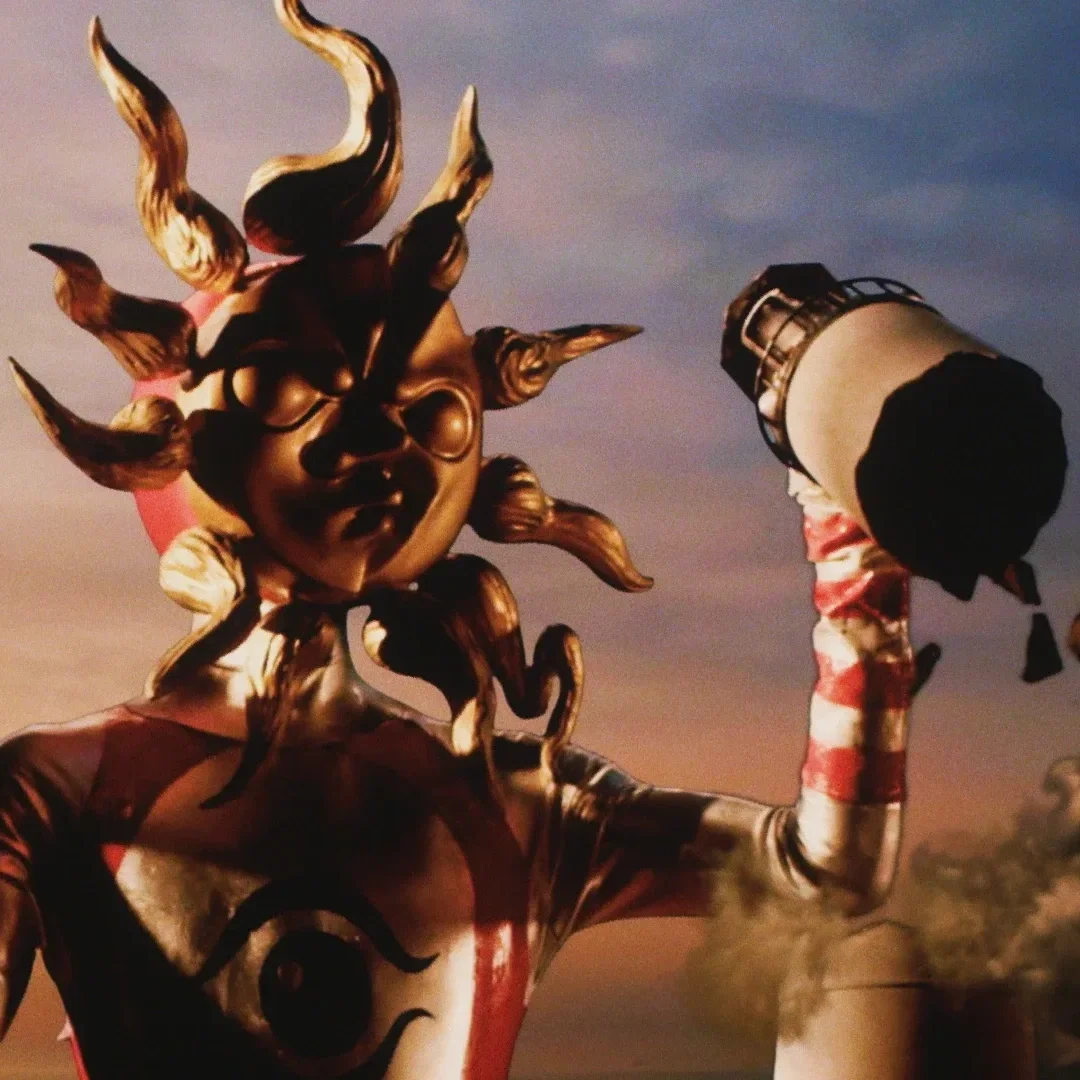


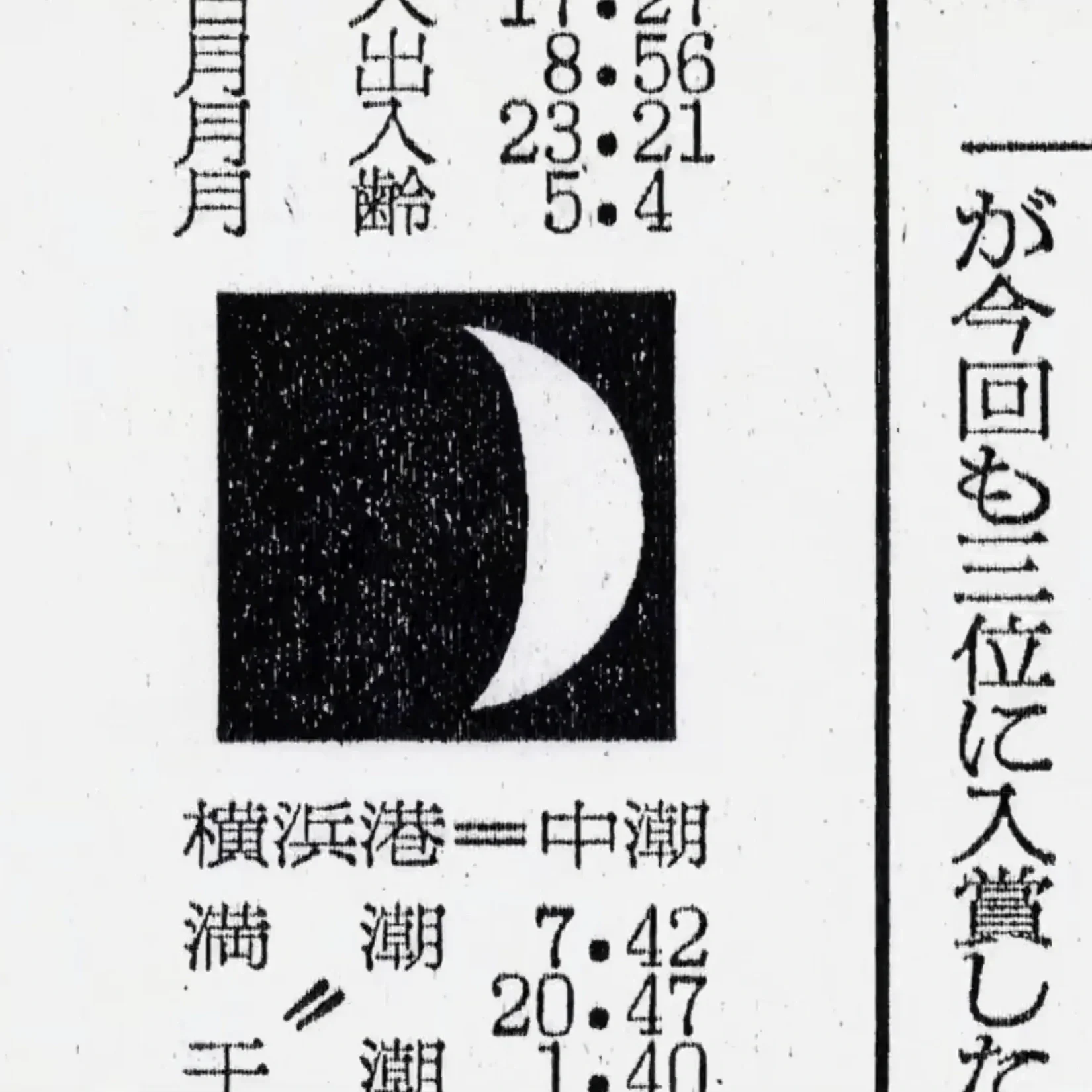
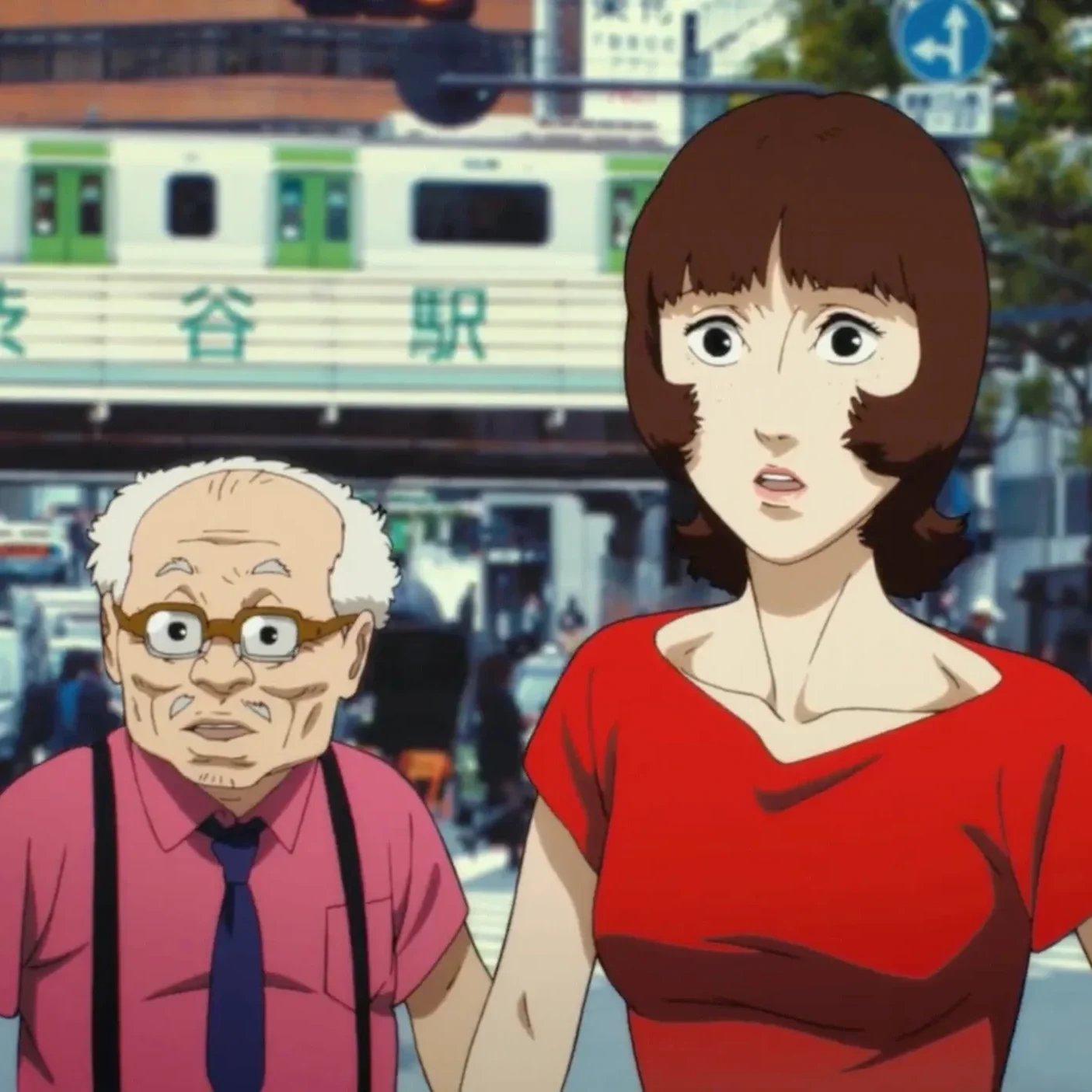
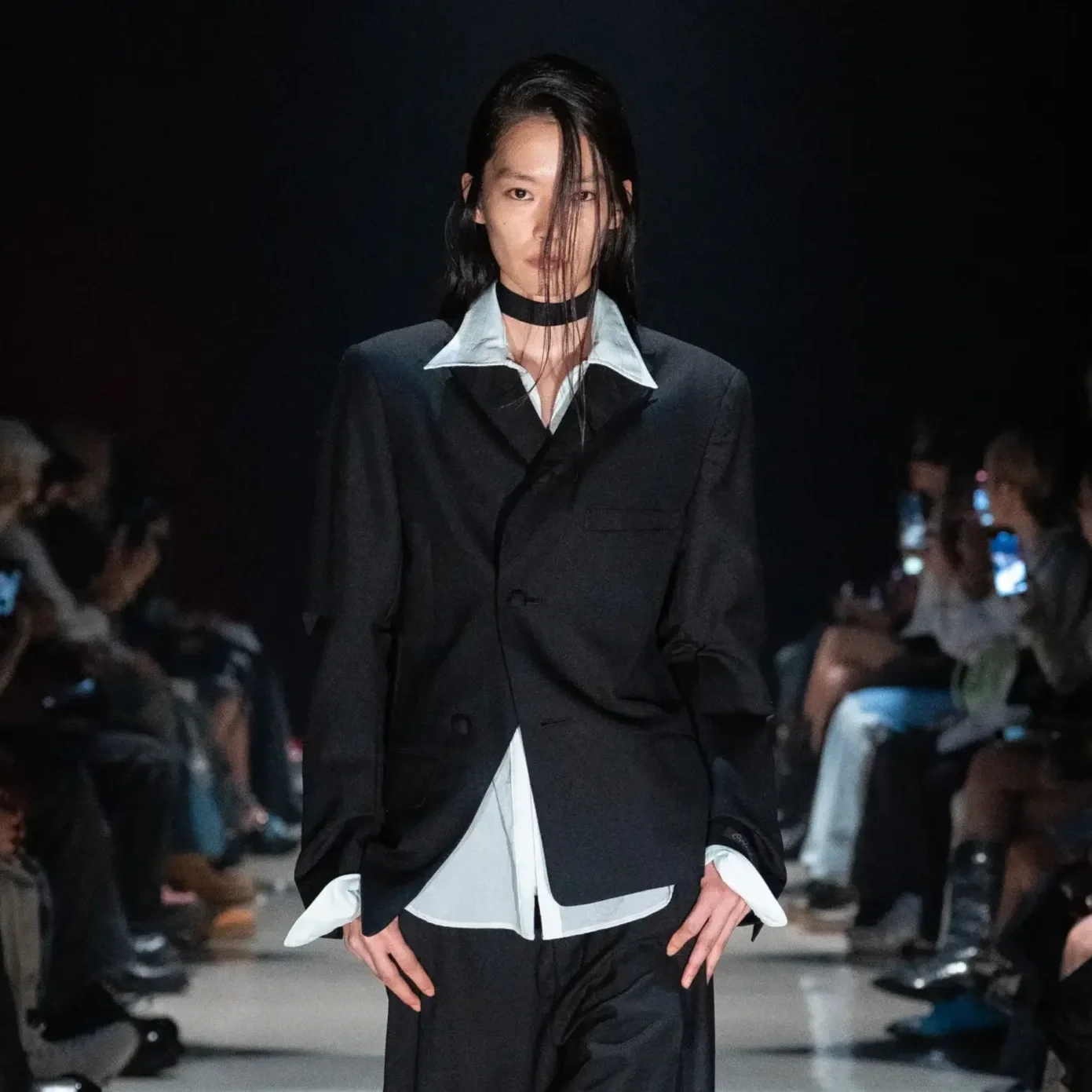
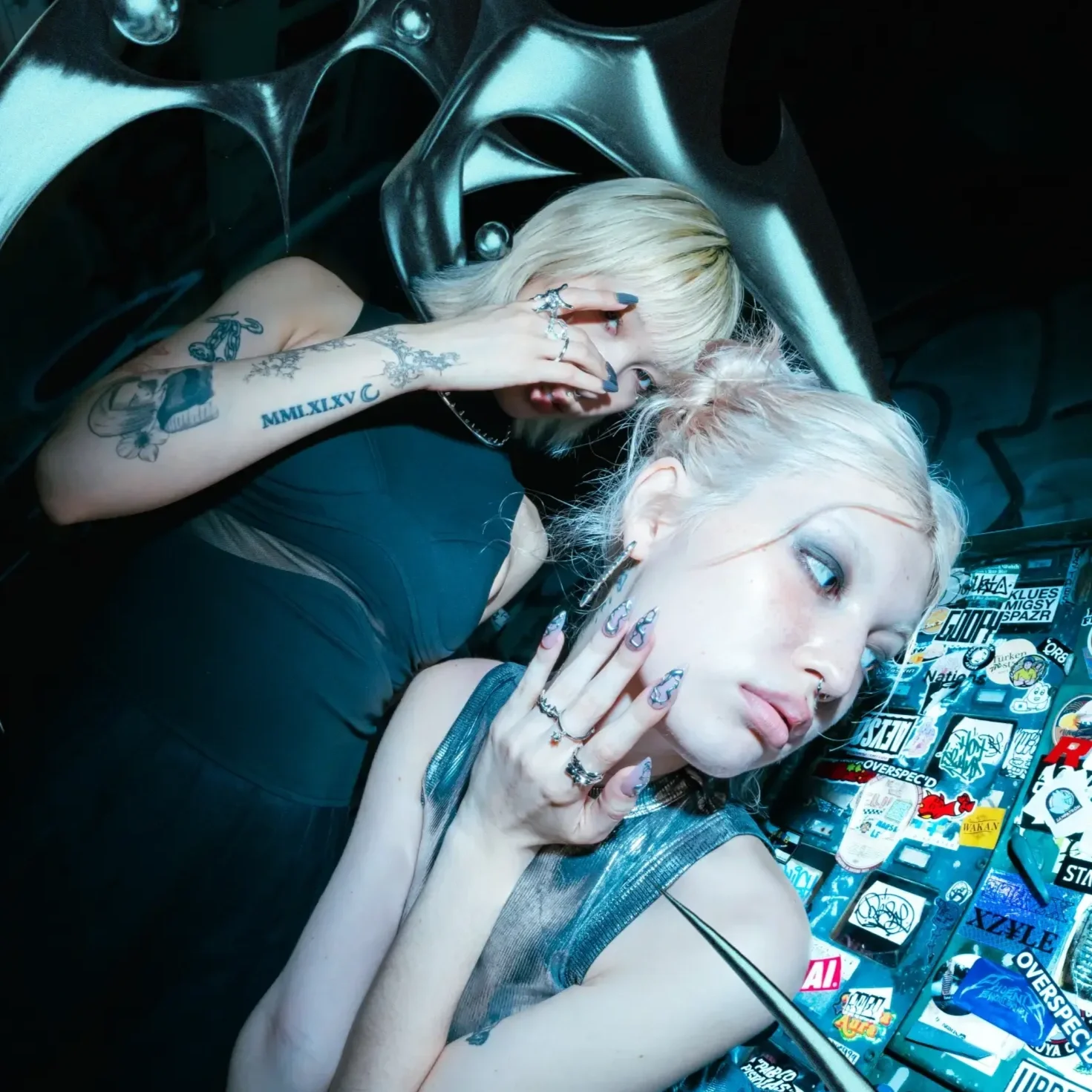
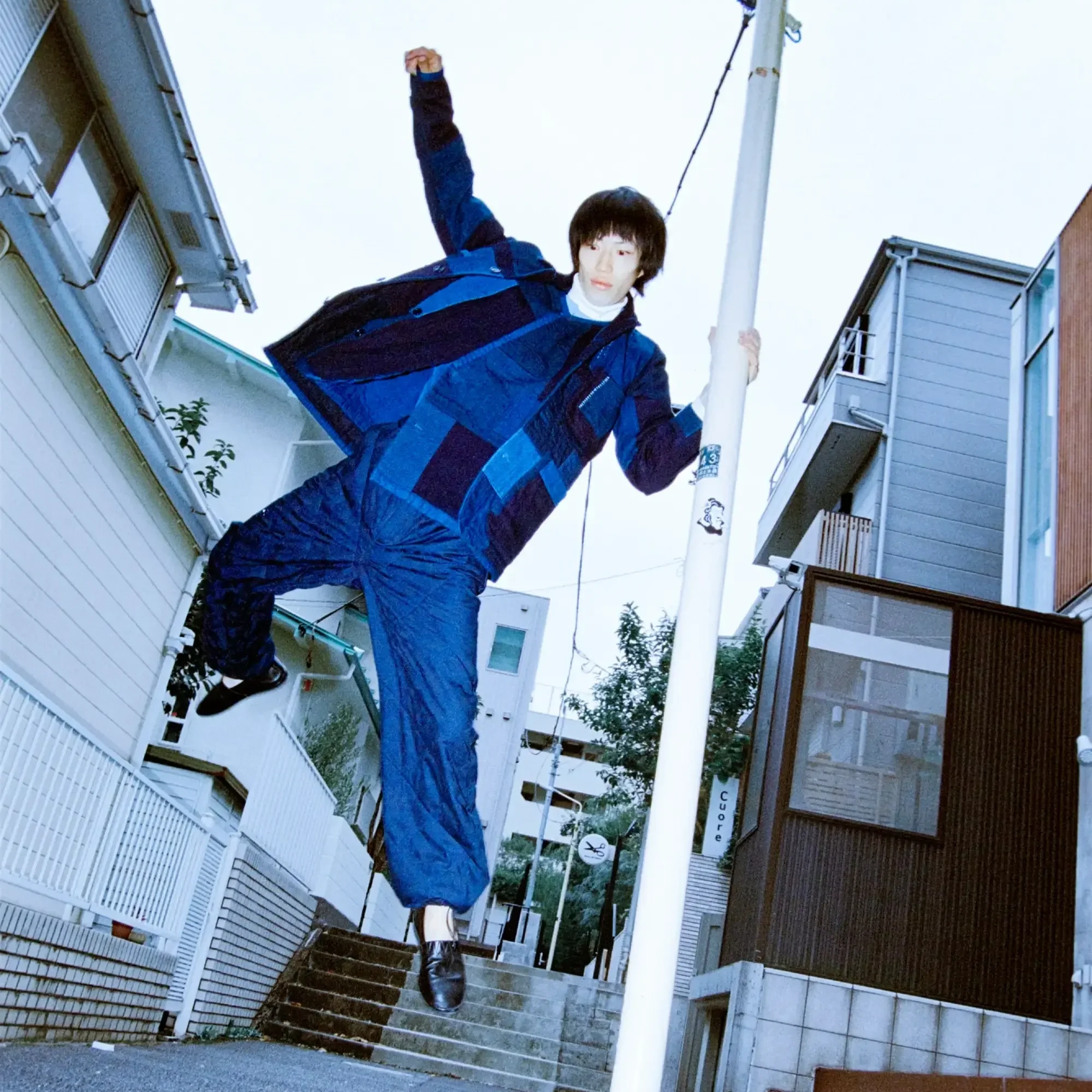

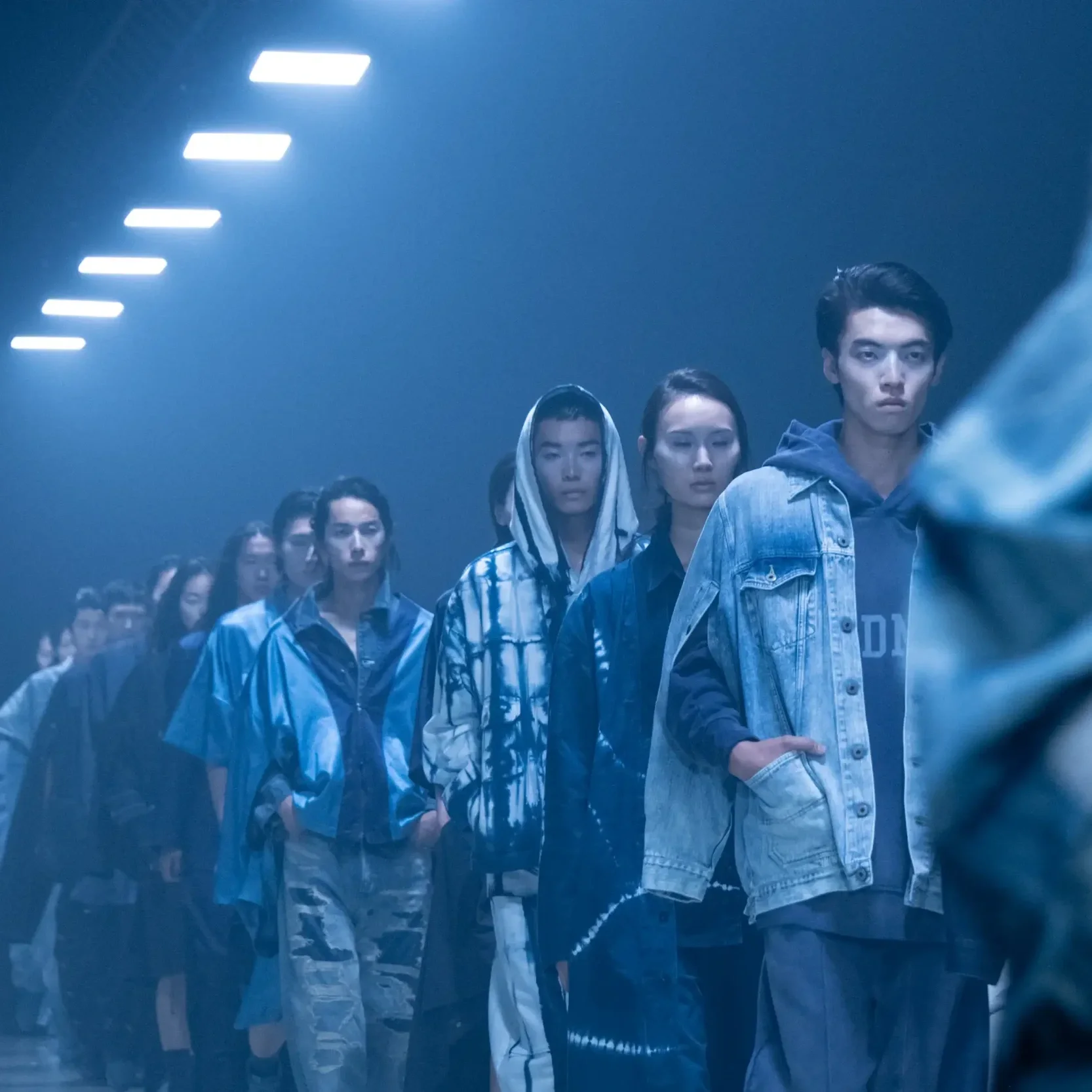

Tracing how jazz evolved from Lupin’s charm to Bebop’s sci-fi western universe.